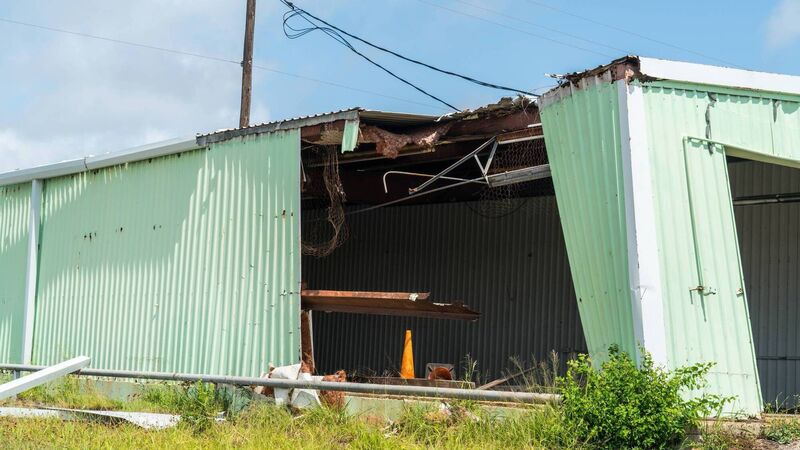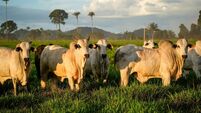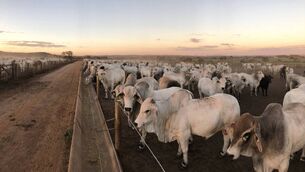Farm Finance: Storm damage and insurance options - what you need to know

Where buildings or machinery are underinsured, farmers can be surprised to learn that a payout is proportionately reduced, writes rural accountant Kieran Coughlan.
Over the past couple of weeks, some farmers will have experienced damage as a result of stormy weather. Those lucky enough to have insurance may be in a position to make a claim for storm damage.
There is a variety of insurance covers which can apply, but the more popular insurance cover on farms would include farm building storm damage, stock loss, which can cover animals, straw or fodder, and damage to tractors and implements.













